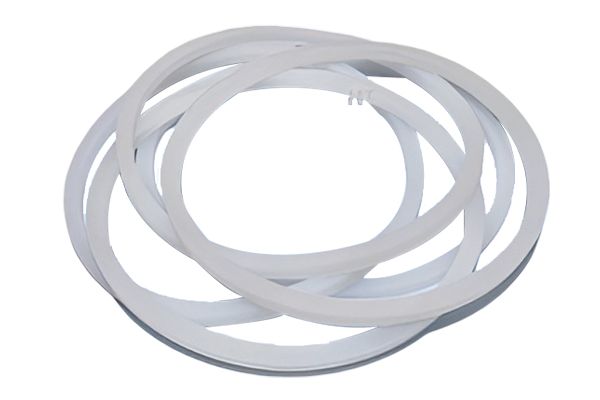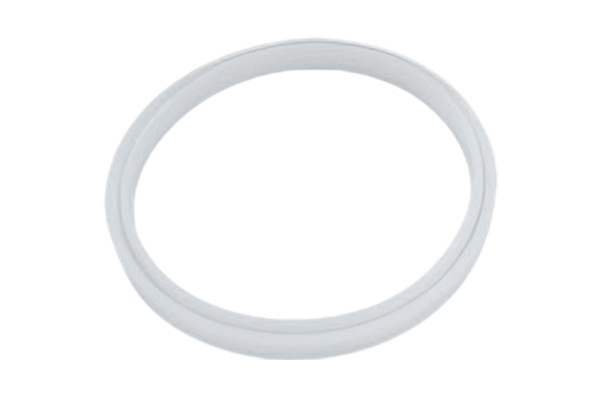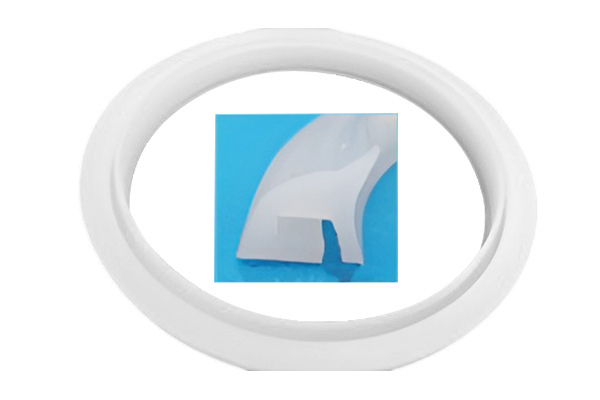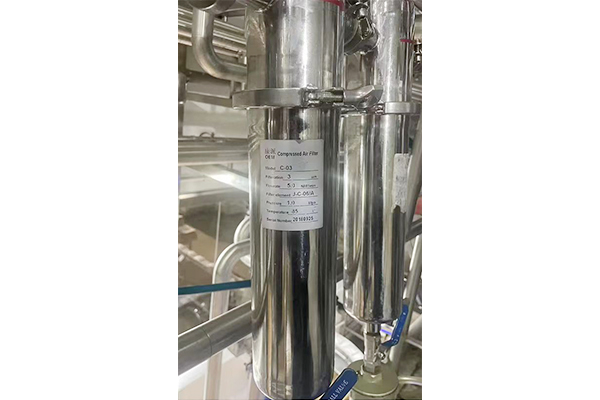How does the application of multi-layer composite materials in laser baffles improve their protective performance?
Release Time : 2025-07-28
In today's modern precision manufacturing and the widespread application of high-energy laser technology, baffles, a seemingly simple but crucial component, are quietly playing a key role in ensuring safety, improving precision, and optimizing process flows. It is no longer a "physical barrier" in the traditional sense, but an intelligent protection system that integrates material science, optical management, and industrial safety concepts. It has become an indispensable technical support, especially in high-precision fields such as SCANSONIC laser welding machines and automotive lithium battery manufacturing.
The core value of baffles is first reflected in its safe protection of the laser working environment. During the laser welding process, the high-energy-density laser beam can not only achieve precise welding of metal materials, but also be accompanied by strong reflected light, scattered light, and harmful radiation. If these rays are not effectively shielded, they may not only cause permanent damage to the operator's vision, but may also interfere with the normal operation of surrounding precision equipment such as sensors and cameras. Therefore, as the first line of defense, baffles must have excellent light absorption, high temperature resistance, and structural stability, and can effectively block laser radiation of specific wavelengths to ensure the safety and controllability of the working environment.
The "innovation" of the baffle lies in its deep integration with advanced manufacturing processes. Taking the baffle used in SCANSONIC laser welding machines as an example, its design is not universal, but customized according to the movement trajectory of the laser head, light path distribution, welding angle and other parameters. It not only needs to adapt to complex mechanical structures, but also needs to achieve 360° no-dead-angle protection without affecting the operation of the equipment. Some high-end baffles even use a multi-layer composite structure, combining metal substrates, special coatings and light-absorbing materials, which not only ensures mechanical strength, but also improves the absorption efficiency of lasers in specific bands, truly achieving "invisible protection".
In the automotive lithium battery manufacturing industry, which has extremely high requirements for cleanliness and safety, the role of baffles is more diverse. It is not only used to block the strong light generated during laser welding, but also needs to have additional functions such as dustproof, splashproof, and anti-static. In the processes of lithium battery ear welding and shell sealing, any tiny metal splash or dust pollution may lead to serious consequences such as battery short circuit and thermal runaway. Therefore, in this scenario, baffle is not only a "light barrier", but also an "environmental isolation wall". Through the precisely designed diversion structure and sealing edge, it effectively curbs the diffusion of particulate matter generated during welding and ensures the cleanliness and stability of the production environment.
What is more thought-provoking is the extended value of baffle in intelligent manufacturing and system integration. With the development of Industry 4.0, laser equipment is increasingly integrating visual systems, sensor networks and automation control platforms. The design of baffle must also consider the collaborative work of these systems. For example, some baffles will reserve sensor windows, cooling channels or signal transmission interfaces to provide protection without interfering with the intelligent operation of the equipment. This "functional integration" design concept allows baffles to shift from passive protection to active adaptation, becoming an indispensable "collaborative component" in intelligent production lines.
In addition, the material selection and manufacturing process of baffles are also constantly evolving. In order to cope with long-term exposure to high-intensity lasers, new baffles have begun to use cutting-edge technologies such as ceramic composites, silicon carbide coatings, and nano-light-absorbing layers, which significantly improve heat resistance and service life. At the same time, the lightweight design and modular structure also make it easier to install, replace and maintain, reducing production line downtime and improving overall operational efficiency.
It can be said that although baffle is small, it carries the ultimate pursuit of safety, precision and efficiency in modern manufacturing. It uses silent structure to protect every precise firing of lasers, uses scientific materials to resist the continuous impact of high-energy radiation, and uses sophisticated design to integrate the complex context of intelligent systems. In this era of pursuing high reliability and high automation level, it is quietly supporting every step of our path to intelligent manufacturing in a quiet but not negligible way.
The core value of baffles is first reflected in its safe protection of the laser working environment. During the laser welding process, the high-energy-density laser beam can not only achieve precise welding of metal materials, but also be accompanied by strong reflected light, scattered light, and harmful radiation. If these rays are not effectively shielded, they may not only cause permanent damage to the operator's vision, but may also interfere with the normal operation of surrounding precision equipment such as sensors and cameras. Therefore, as the first line of defense, baffles must have excellent light absorption, high temperature resistance, and structural stability, and can effectively block laser radiation of specific wavelengths to ensure the safety and controllability of the working environment.
The "innovation" of the baffle lies in its deep integration with advanced manufacturing processes. Taking the baffle used in SCANSONIC laser welding machines as an example, its design is not universal, but customized according to the movement trajectory of the laser head, light path distribution, welding angle and other parameters. It not only needs to adapt to complex mechanical structures, but also needs to achieve 360° no-dead-angle protection without affecting the operation of the equipment. Some high-end baffles even use a multi-layer composite structure, combining metal substrates, special coatings and light-absorbing materials, which not only ensures mechanical strength, but also improves the absorption efficiency of lasers in specific bands, truly achieving "invisible protection".
In the automotive lithium battery manufacturing industry, which has extremely high requirements for cleanliness and safety, the role of baffles is more diverse. It is not only used to block the strong light generated during laser welding, but also needs to have additional functions such as dustproof, splashproof, and anti-static. In the processes of lithium battery ear welding and shell sealing, any tiny metal splash or dust pollution may lead to serious consequences such as battery short circuit and thermal runaway. Therefore, in this scenario, baffle is not only a "light barrier", but also an "environmental isolation wall". Through the precisely designed diversion structure and sealing edge, it effectively curbs the diffusion of particulate matter generated during welding and ensures the cleanliness and stability of the production environment.
What is more thought-provoking is the extended value of baffle in intelligent manufacturing and system integration. With the development of Industry 4.0, laser equipment is increasingly integrating visual systems, sensor networks and automation control platforms. The design of baffle must also consider the collaborative work of these systems. For example, some baffles will reserve sensor windows, cooling channels or signal transmission interfaces to provide protection without interfering with the intelligent operation of the equipment. This "functional integration" design concept allows baffles to shift from passive protection to active adaptation, becoming an indispensable "collaborative component" in intelligent production lines.
In addition, the material selection and manufacturing process of baffles are also constantly evolving. In order to cope with long-term exposure to high-intensity lasers, new baffles have begun to use cutting-edge technologies such as ceramic composites, silicon carbide coatings, and nano-light-absorbing layers, which significantly improve heat resistance and service life. At the same time, the lightweight design and modular structure also make it easier to install, replace and maintain, reducing production line downtime and improving overall operational efficiency.
It can be said that although baffle is small, it carries the ultimate pursuit of safety, precision and efficiency in modern manufacturing. It uses silent structure to protect every precise firing of lasers, uses scientific materials to resist the continuous impact of high-energy radiation, and uses sophisticated design to integrate the complex context of intelligent systems. In this era of pursuing high reliability and high automation level, it is quietly supporting every step of our path to intelligent manufacturing in a quiet but not negligible way.







